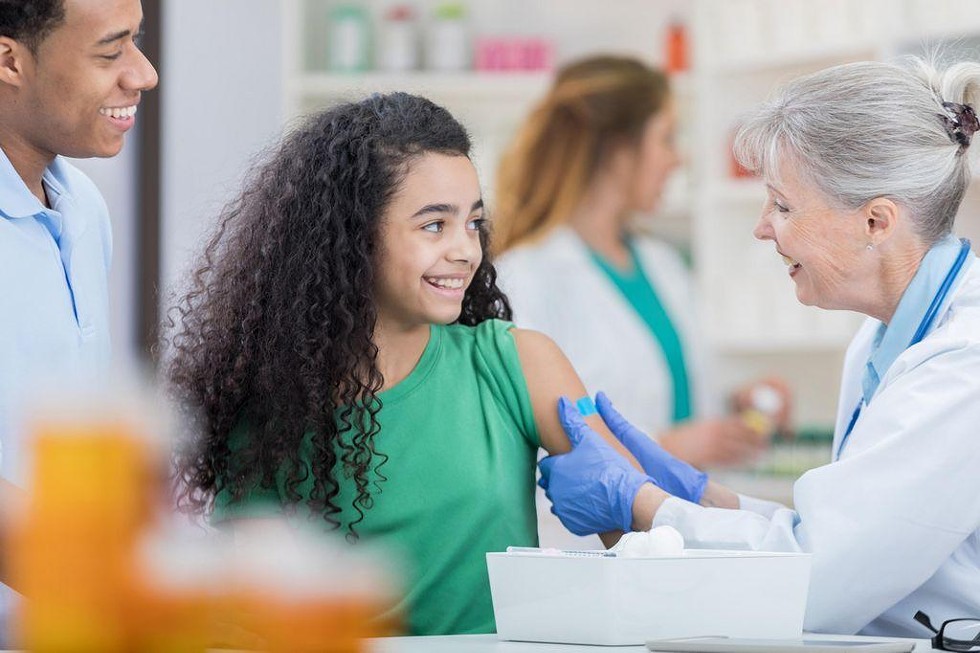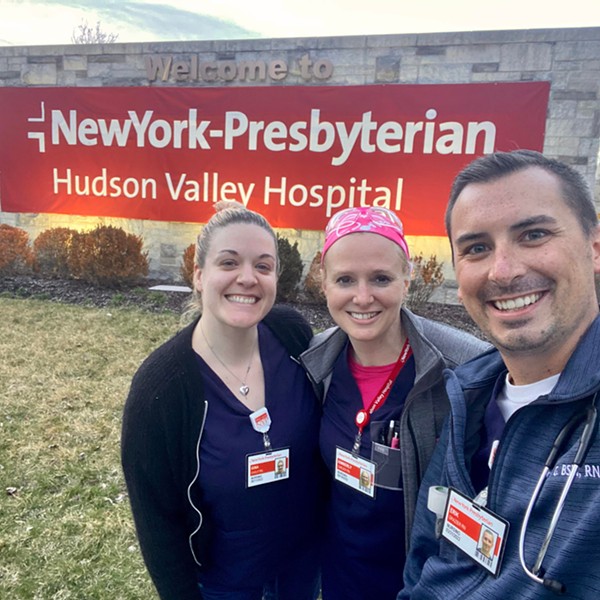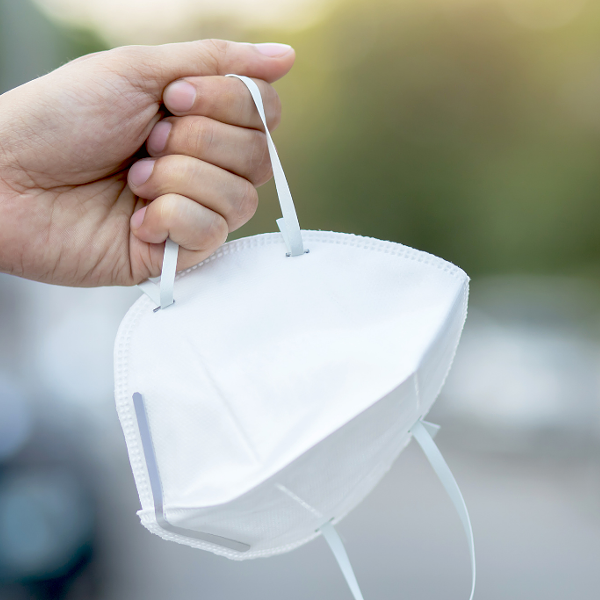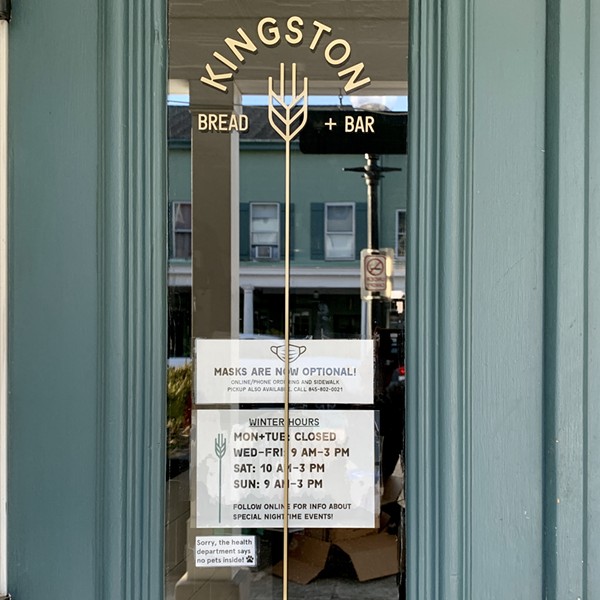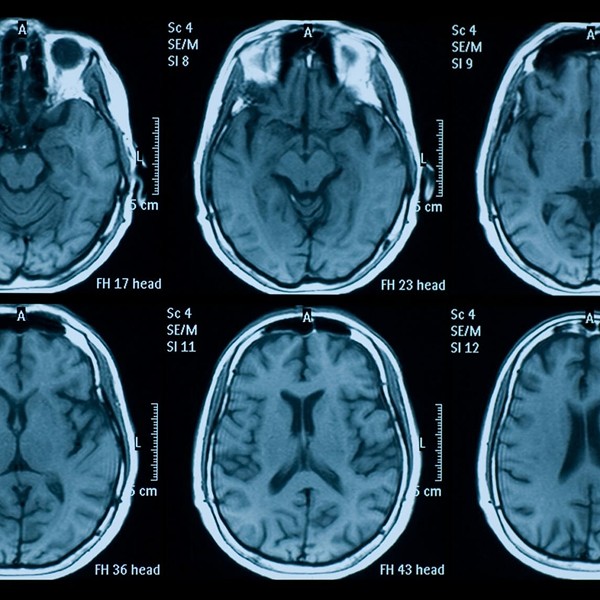This is a roundup of coronavirus news and announcements from New York State and Hudson Valley and Catskills counties for Saturday, October 17 through Monday, October 19.
NEW YORK STATE
485,279 cases confirmed (998 new)
12,982,175 tests performed (82,009 new)
Positive test rate: 1.22%
25,659 deaths (15 new)
934 hospitalizations
198 ICU admissions
New York State coronavirus page
New York State official pressroom
Hotline: (888) 364-3065
When a vaccine for COVID-19 is approved in the US, there will be much rejoicing—but there will still be a long road to the end goal of vaccinating enough people to achieve herd immunity against the virus. Vaccinating New York State’s 20 million residents will be no small undertaking, and the state is beginning to plan for it. On Sunday, Governor Andrew Cuomo released a draft of the state’s strategy for vaccination, with a matrix of priorities that puts high-risk people and essential healthcare workers in areas with higher community spread of COVID-19 first in line for receiving the vaccine. In Sunday’s briefing, Cuomo said that vaccine distribution is likely to be more challenging than anything else the state has done in response to the pandemic, including ramping up testing efforts. “This is a larger operational undertaking, I would argue, than anything we have done during COVID to date. This is a more complicated undertaking and task, and we need the federal government to be a competent partner with this state and with every state.”
Also on Sunday, the National Governors’ Association, which Cuomo chairs, submitted a lengthy list of questions about vaccine distribution to the White House, touching on issues ranging from funding to prioritization of who should be vaccinated to how data will be handled.
So long, regions: The state is shifting its strategy for cracking down on outbreaks, moving from a regional approach to a block-by-block focus on what Cuomo is calling “micro-clusters.” In Monday’s briefing, the governor said that he expects outbreaks to flare up in different places around the state as the weather cools, and that the state would move to implement restrictions “sooner and faster and tighter” on a small area rather than impose rollbacks on a county or a region. “The fall: you will have increased viral transmission. Everybody has said it. We have been prepared for it, and our micro-cluster strategy is going to be our response,” he said. “The flare-ups will be different across the state. They’ll come and they’ll go. Flare-up: suffocate it, another flare-up somewhere else.”
Cuomo’s microcluster strategy is currently getting its first road test in hotspots in Brooklyn, Queens, and Rockland and Orange counties, where the state has enacted aggressive restrictions on schools and gatherings in the most heavily affected neighborhoods. On Wednesday, local officials are expecting the state to issue an update on the current maps of the hotspots, which enact different regulations in color-coded zones that range from the red center of the outbreak to a yellow buffer zone around it. “The red zones are going to be massaged, and maybe reduced in size,” Orange County Executive Steve Neuhaus said in a video briefing on Monday.
Positivity rates in the hotspots have been dropping. On Sunday, the rate in the Rockland County hotspot in the town of Ramapo was 2.68 percent, down from more than 12 percent several weeks ago, and the rate in Orange County’s Palm Tree/Kiryas Joel hotspot was down to 1.35 percent, from a troubling 24.64 percent several weeks ago. But with reports from both New York City and the Hudson Valley that people in Orthodox communities in the hotspots are being encouraged not to get tested, we have some reservations about the accuracy of the recent data.
Movie theaters can finally reopen in New York State—or at least part of it. On Saturday, Cuomo announced that movie theaters outside of New York City will be allowed to reopen at reduced capacity and with new safety regulations on October 23, if the positivity rate in the county is below two percent on a 14-day average and the county has no clusters. That rule will keep theaters closed in Allegany, Broome, Cattaraugus, Chautauqua, Chemung, Cortland, Greene, Orange, Rockland, Schuyler, Steuben, and Tioga counties until their numbers improve.
Also allowed in New York State once more: Skiing. Ski resorts in the state will be allowed to open at 50 percent capacity and with new safety regulations, beginning November 6, or when weather permits. In Sunday’s briefing, Cuomo made a plug for New Yorkers to ski close to home: “If you ski in New York not only do you have the best skiing in the United States, but you don't have to quarantine when you come back, right?” he said.
Last week, Cuomo announced that New York State would be giving rapid tests to every county health department, along with schools and hospitals. Rapid tests work a little differently than the PCR tests used to diagnose COVID-19 in people who are worried about their exposure—and they’re a powerful tool for public health, but they’re not as accurate as their slower counterparts. City & State took a closer look this week at the two rapid tests New York State is using, Abbott Laboratories’ ID NOW and BinaxNOW, and talked to experts about how they should best be used.
Faced with a potentially devastating hole in the state budget, Cuomo has opted not to slash spending or raise taxes, but is gambling on either a Biden win in the presidential race or a Democratic majority in the Senate to deliver federal aid to states. It’s a risky gamble for local governments, Newsday writes: “The longer we wait, the less time there is to make adjustments," New York State Association of Counties director Stephen Acquario told the paper.
Will another stimulus package be passed before the election? Monday brought mixed news on that front. House Democrats and the Trump administration remain far apart on another bill, the Washington Post reports, to say nothing of Republicans in the House and Senate, many of whom have broken publicly with the president on the need for more economic relief. But House Speaker Nancy Pelosi said that progress had been made. “We have finally in the last 24 hours…come to a place where they are willing to address the crisis, the coronavirus, to crush the virus,” Pelosi said Monday evening in an appearance on MSNBC.
The Government Accountability Office, an independent agency that reports to Congress, is slated to investigate the White House’s interference in scientific policymaking and public communication at the Centers for Disease Control and Prevention and the Food and Drug Administration, USA Today reports. A little not-so-light reading on that front: ProPublica’s deep, depressing dive last week on the crumbling of the CDC under pressure from the Trump administration.
At least 4,200 children in New York State lost a parent or caregiver to COVID-19, and some 325,000 children were pushed into or near poverty due to the pandemic’s economic fallout, a recent study has found. The report, which was compiled by the public health advocacy group United Hospital Fund, also found that the crisis disproportionately hit children in communities of color, with Black and Hispanic children losing a parent or caregiver at twice the rate of Asian and white children. “Losing a parent or caregiver during childhood raises a child’s risk of developing a range of poor outcomes over their lifetime, including poorer mental and physical health,” said Suzanne Brundage, coauthor of the report. LoHud.com has more findings from the study.
Below is a Flourish animation we have compiled that shows the rate of active cases per 10,000 residents for each county in our coverage region from May 12 through the present date.
LOWER HUDSON VALLEY
County coronavirus pages: Rockland, Westchester, Putnam
University coronavirus pages: Sarah Lawrence, Iona, SUNY Purchase, Manhattanville, Westchester Community College, Rockland Community College, Dominican, Mercy
Westchester County’s active cases have been on the rise for the past few weeks. In Monday’s COVID-19 briefing, County Executive George Latimer said there were currently 1,033 active cases in the county, up from about 600 at the beginning of October. Hospitalizations and fatalities due to COVID-19 have also been on the rise in the county. “The fatality numbers give us no comfort,” Latimer said. “We have lost seven people in the last week.” Latimer said that there was no one obvious cluster driving the spike in cases, but that county health officials were worried about people gathering with friends and people not wearing masks.
The Examiner News has a look at Westchester Medical Center’s post-COVID-19 recovery program, launched this summer at the hospital’s flagship location in Valhalla to help patients who continue to suffer lingering effects months after contracting the virus. “As time went by, it became evident that so many of these people with these symptoms are not resolving, and again, they weren’t getting any worse, but they weren’t getting significantly better,” said internal specialist Dr. Gary Rogg. “So that’s where we came to provide the ongoing care to try and close the gap in care for people.”
MID-HUDSON VALLEY
County coronavirus pages: Orange, Dutchess, Ulster, Columbia
University coronavirus page: Bard, Vassar, Marist, SUNY New Paltz, SUNY Ulster, Columbia-Greene Community College, SUNY Orange
The Hasidic schools in and around Kiryas Joel, which serve roughly 15,000 children, must remain closed because of continued concerns about the hotspot outbreak and the schools' failure to report infections or comply with other state and county orders, Orange County Health Commissioner Dr. Irina Gelman said Monday. Gelman told the Times Herald-Record that the schools have not been reporting infections among students and staff to state officials for use on a state website that tracks those figures for every school in New York. She also said that many Kiryas Joel schools opened in spite of the closure order, “thus continuing to allow the virus to spread,” and were not requiring masks or practice social distancing when inspectors visited.
Orange County Executive Steve Neuhaus cast doubt on the accuracy of the numbers coming out of Orange County’s hotspot in a Monday video briefing posted on Facebook. “We’re getting reports from doctors that some of the residents of Palm Tree are refusing to be tested for COVID,” Neuhaus said. The county is also seeking help from New York State in forcing yeshivas in Palm Tree to report case data to the state “Report Card” dashboard, which all public and private schools are required to do.
Two employees of SUNY New Paltz have tested positive for COVID-19, the college reported Monday. According to SUNY New Paltz’s coronavirus page, the two cases are the first among on-campus employees since the campus reopened on August 24.
The Daily Freeman reports that a staff member at Edward R. Crosby Elementary School, in Lake Katrine, and a student at Mount Marion Elementary School, in Saugerties, have tested positive for COVID-19.
CATSKILLS
County coronavirus pages: Sullivan, Delaware, Greene, Schoharie
University coronavirus pages: SUNY Cobleskill, SUNY Delhi, SUNY Sullivan
Numbers in Greene County’s outbreak have declined slightly from last week, but are still high: The county currently has 80 known active positives, 65 of whom are inmates in the state-run Greene Correctional Facility in Coxsackie.
The outbreak at Greene Correctional is preventing movie theaters from opening in Greene County, to the frustration of local officials. “For the record, we were told two weeks ago and again last week that the correctional facility numbers would not have a negative [effect] on the county. I already have the request in to the Governor's office to make this right,” legislative chair Pat Linger said in a comment on a Facebook post by the county health department. County officials said in a press release that Greene County Public Health offered to test staff at the prison at the beginning of the outbreak, and were refused by the state; more recently, state correctional officials changed their minds. “Persistent efforts from our Public Health team resulted in an approval by the Department of Corrections to allow GCPH staff on-site,” the county health department wrote.
A recently discovered student case that has temporarily shut down the Scott M. Ellis Elementary School in the Greenville district was linked to the Greene prison outbreak, the Catskill Daily Mail reports. “If the correctional facility had let our public health department in there early on to test staff, we could have possibly avoided that,” Linger told the paper.
Local governments and nonprofits can still apply for FEMA funding for some COVID-19-related expenses, Sullivan County officials announced in a Monday press release. The New York State Office of Disaster Recovery will hold online briefings at 1pm on October 24 and November 4 to go over eligibility for funding, and local municipalities and nonprofits are encouraged to attend.
On-the-ground local reporting and analysis has never been more important, and that’s what The River aims to provide. But we need your help to continue the work we’re doing. Will you support our journalism today?
OF INTEREST?
The River has a guide on where, how, and when to get tested for the coronavirus in the Hudson Valley and Catskills. To read more of our coronavirus coverage, visit our coronavirus page.
The River is collaborating with WGXC to announce these updates over the air. To listen, tune in to 90.7 FM at midnight, 5am, 7am, or 9am, or visit the audio archive online.
La Voz, una revista de cultura y noticias del Valle de Hudson en español, está traduciendo estos resúmenes y co-publicandolos en su página web. Leyendo aqui. También puede escuchar actualizaciones diarias por audio en el show “La Voz con Mariel Fiori” en Radio Kingston.







